The Tea tree plant is from the myrtle family. Tea tree oil is extracted, which is world famous for its strong antifungal, antiviral and immune- stimulatory properties. Even though it says tea tree, the plant bears no relation to plants grown for tea.
It is widely used in aromatherapy. The main purpose of this type of alternative medicine is to be beneficial to human health and tone. The primary means of its impact are volatile plant materials, known as essential oils. Oil of the tea tree is one of the most widely used.
History of the Tea Tree
Local Australians used tea tree oil for hundreds of years, but it became known to the world at the end of 1700 when the expedition of the infamous Captain James Cook began experimenting with its leaves. His crew brewed tea from the leaves, which resembled the flavor of lemon. They used the tea to prepare beer.

In later trips, a botanist who was with Captain Cook noticed how the Aboriginals used the bush to treat infected wounds. But that does not make an impression on the rest of the world until the 1920s when a chemist named Penfold studied the properties of tea tree oil and discovered its excellent antiseptic properties. By 1925 the chemist found that this oil is 12 times more powerful than phenol - standard by which antiseptics were measured at the time.
Then Australian pharmacists and physicians began to use mass tea tree. Adventure lovers and Bushmen do not fall in the desert without the miraculous oil. Tea tree oil was a standard tool in first-aid kits, who the British and Australian soldiers stationed in the tropics during World War II owned.
As with most things, the demand very quickly dropped and interest in tea tree oil significantly decreased after the discovery of penicillin. The oil was almost forgotten. But with growing health problems today, its fame was revived again.
Composition of the Tea Tree

Tea tree essential oil contains - 24% gamma-terpinene, terpinene 40%, 5% cineole and 10% alpha-terpinene. Scientists have registered the presence of more than 100 compounds in the tea tree oil, some of which are unique. Many of these compounds are classified as oxidizing or terpene hydrocarbons.
Selection and storage of tea tree
Tea tree can be found in commercial stores, as derived from its essential oil. There are many products in the content that have oil of the tea tree. Keep them according to package directions. Finished products that you can find in shops are clean oil, water, mouthwash, ointments and creams, suppositories, shampoos for pets, thread teeth, deodornts, massage oils, soaps, shampoos and conditioners.
Benefits of Tea Tree
Oil of tea tree activates the brain, calms, acts as an immune- stimulant, antiseptic, anti-itching, antifungal, antiviral, insecticide. Used in respiratory problems, viral, bacterial and fungal infections. Helps with fever, dry coughs, with sinusitis, joint pain, swelling in the legs, hemorrhoids, vaginal discharges, dandruff, acne, hair loss, osteoporosis.
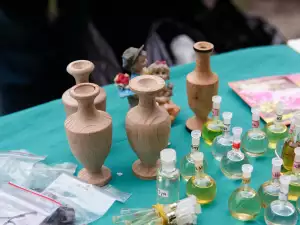
Chopped leaves of tea tree in hot water have long been used for inhalations and congestion in the sinuses. Infusions of crushed fresh leaves help in the treatment of colds, coughs, skin infections. Formulations with tea tree kill microbes which are associated with infections of the skin, including viruses and bacteria in wounds.
Tea tree oil helps with fungal infections such as athlete's foot, fungal nail, thrush in the groin, boils, cuts, varicose ulcers, surgical lesions, scabies, dermatitis, varicella, herpes zoster.
Mouthwash with tea tree oil is very useful in oral infections and diseases of the gums. Tea tree oil helps with toothache, ear infections, halitosis, herpes and canker sores.
Tea tree dangers
Tea tree oil should not be taken internally because it can cause nerve damage and other serious problems. The oil causes burns if caught in the nose, mouth, eyes and other sensitive areas. Some people may have an allergic reaction or itching, when applying tea tree oil. Therefore, when using an essential oil for the first time, use a small dose for testing.

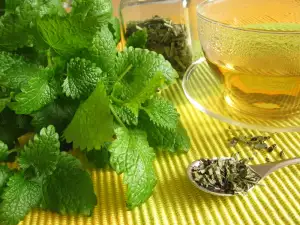




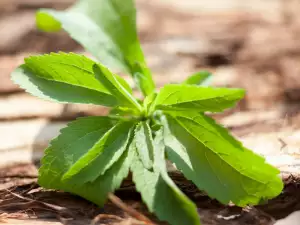
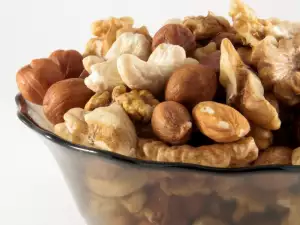
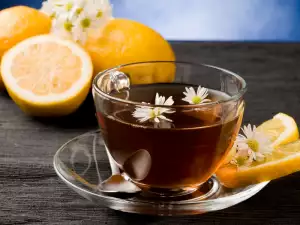

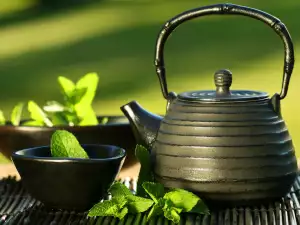
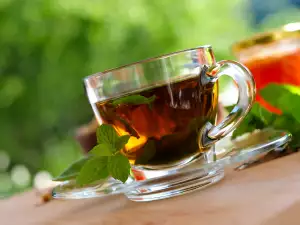
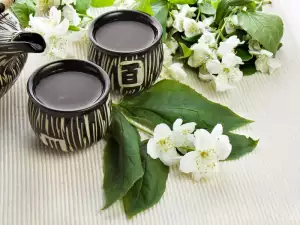
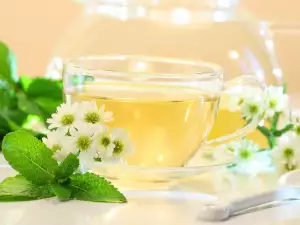
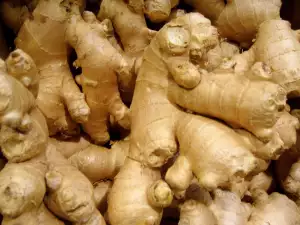




Comments